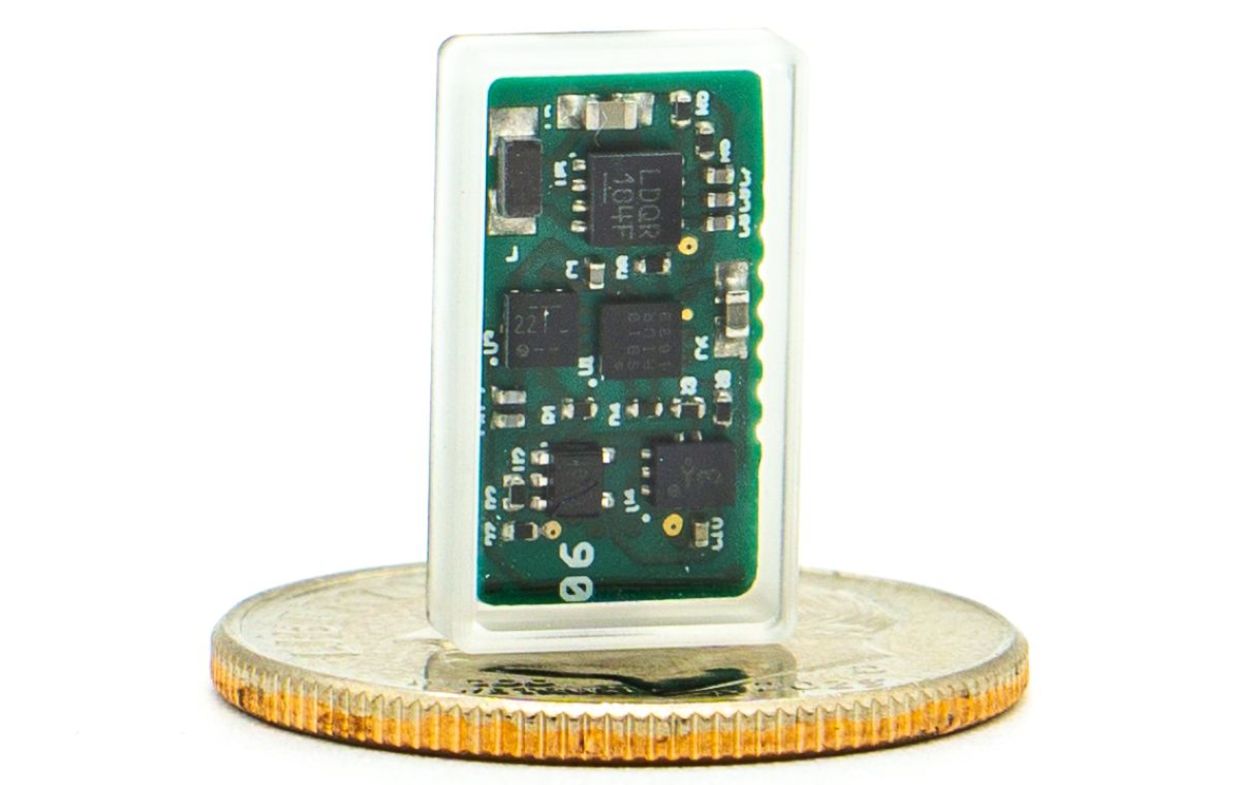
(Courtesy The University of Texas at Dallas)
The vagus nerve provides an important function for your body. Carrying signals between your brain, heart, lungs, and digestive system, this nerve is a key part of the parasympathetic system that regulates involuntary functions like breathing. But it can do much more.
Doctors can stimulate the vagus nerve using an implantable device that sends an electric impulse to your brain, called VNS, according to the Cleveland Clinic. VNS has been successfully used to treat epilepsy, depression, and as a rehab tool for people who had strokes. Now VNS is offering new hope in the treatment of post traumatic stress disorder (PTSD).
In a first-of-its- kind study, published in the journal Brain Stimulation, from the University of Texas and Baylor Medical Center, the researchers found that patients with severe PTSD were symptom free for up to six months after a combination of VNS and traditional therapy according to a press release from the university.
What is PTSD?
While PTSD is commonly thought to only affect military people, that is not the case. Anyone who has experienced trauma can develop it.
“When you hear [about] PTSD, you may picture a combat zone, but it’s much more prevalent than that,” Dr. Michael Kilgard, the Margaret Fonde Jonsson Professor of neuroscience in the School of Behavioral and Brain Sciences said in the press release. “It can stem from any event that inspires fear of death or bodily injury, or death of a loved one.”
Many PTSD sufferers do not respond to therapy or medications, or relapse. That’s why the study’s results are so promising.
The Clinical Trial
Nine patients participated in the Phase 1 trial. They all underwent VNS treatment that consisted of short bursts of stimulation of the vagus nerve by a small device – about the size of a dime – that was implanted in the participants’ necks.
This was combined with prolonged exposure therapy (PET) which is a form of cognitive behavioral therapy, reported New Atlas. This conventional PTSD treatment allows patients to work through the thoughts, memories, and situations they have avoided since experiencing the trauma they experience.
After a 12-session course of VNS, the participants were assessed four times during the six-month period after the conclusion of the therapy and found that all of the patients were symptom-free.
“In a trial like this, some subjects usually do get better, but rarely do they lose their PTSD diagnosis. Typically, the majority will have this diagnosis for the rest of their lives,” Kilgard said in the press release. “In this case, we had 100 percent loss of diagnosis. It’s very promising.”
The next step in this important research, according to the press release, is a double-blind Phase 2 pilot study that is already being conducted in Dallas and Austin.
“We hope that it will represent another step toward FDA approval of a treatment that doesn’t exist now, and it would be invented, tested and delivered by UT Dallas, as was the case for upper-limb recovery after stroke,” Kilgard said.
YOU MIGHT ALSO LIKE:
Try These Exercises That Activate the Vagus Nerve
New Device Helps Stroke Patients Regain Movement
Researchers Discover New Method for Erasing Bad Memories







